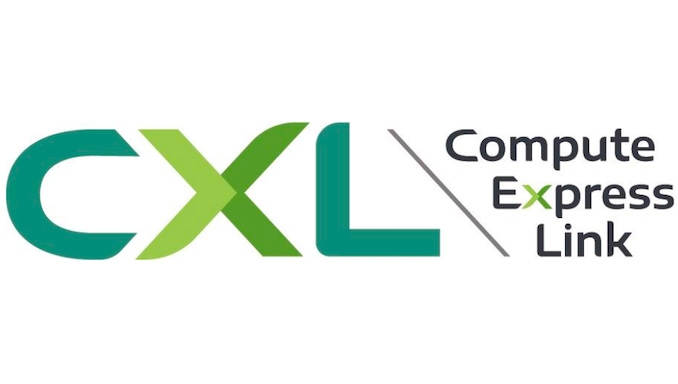Compute Express Link (CXL) is a high-speed interconnect standard designed to enhance communication between CPUs, GPUs, memory, and other accelerators. It’s designed to address the growing needs for efficient data sharing and coherent memory access in data centers, HPC, and AI-driven workloads.
Two years ago, the technology was hailed as the future of data center hardware. CXL promised to revolutionize server architectures by enabling heterogeneous compute, memory pooling, and composable server designs. Both established companies and startups were eagerly integrating CXL into new products, envisioning new types of memory expanders, poolers, and switches.
Fast forward to today and the excitement seems to have cooled. Many projects have quietly been shelved, and large semiconductor companies, as well as hyperscalers, have pivoted away from CXL.
CXL Promises vs Reality
Promises vs. Reality
On paper, CXL remains highly promising. It is built on top of the PCIe physical layer and facilitates cache and memory coherency across a range of devices, including CPUs, NICs, DPUs, GPUs, SSDs, and memory modules.
The main use cases for CXL include:
- Memory Expansion: Increasing memory bandwidth and capacity for servers.
- Memory Pooling: Creating disaggregated memory pools to enhance DRAM utilization rates and potentially save billions for cloud service providers.
- Heterogeneous Compute: Providing a low-latency, cache-coherent interconnect between specialized ASICs and general-purpose CPUs, aiding in the integration of advanced computational resources.
- Composable Server Architectures: Dynamically assigning server resources to workloads, improving utilization rates and matching application needs more precisely.
Despite these benefits, the CXL market, including such items as controllers and switches, continues to show limited volume shipments. This has led to skepticism about whether CXL can fulfill its promise, especially as an enabler of AI.
Market Applicability
- Memory Expansion:
- Despite its challenges, CXL could improve memory bandwidth and capacity for specific workloads like analytics and high-performance computing (HPC).
- Emerging server designs leveraging CXL could offer increased flexibility and performance, particularly for on-premises or private cloud environments.
- Market Adoption:
- Initial adoption might be slow and focused on specific use cases where the benefits outweigh the latency costs. Enterprises and private clouds are likely early adopters due to their memory-intensive workloads.
- Long-Term Outlook:
- Significant software development is required to fully leverage CXL’s capabilities. The industry’s current shift towards AI and accelerated computing might delay widespread CXL adoption.
- Innovations in CXL, coupled with improvements in PCIe standards, could eventually enhance its viability, but the current market and technical landscape present substantial hurdles.
Analyst’s Take
While CXL holds theoretical promise for transforming data center architectures, its current state is characterized by limited adoption, significant technical challenges, and a shifting industry focus towards AI-specific solutions.
As the technology matures and more products enter the market, CXL could still play a significant role in the future of data center architecture, albeit in more niche applications rather than as a universal solution.





